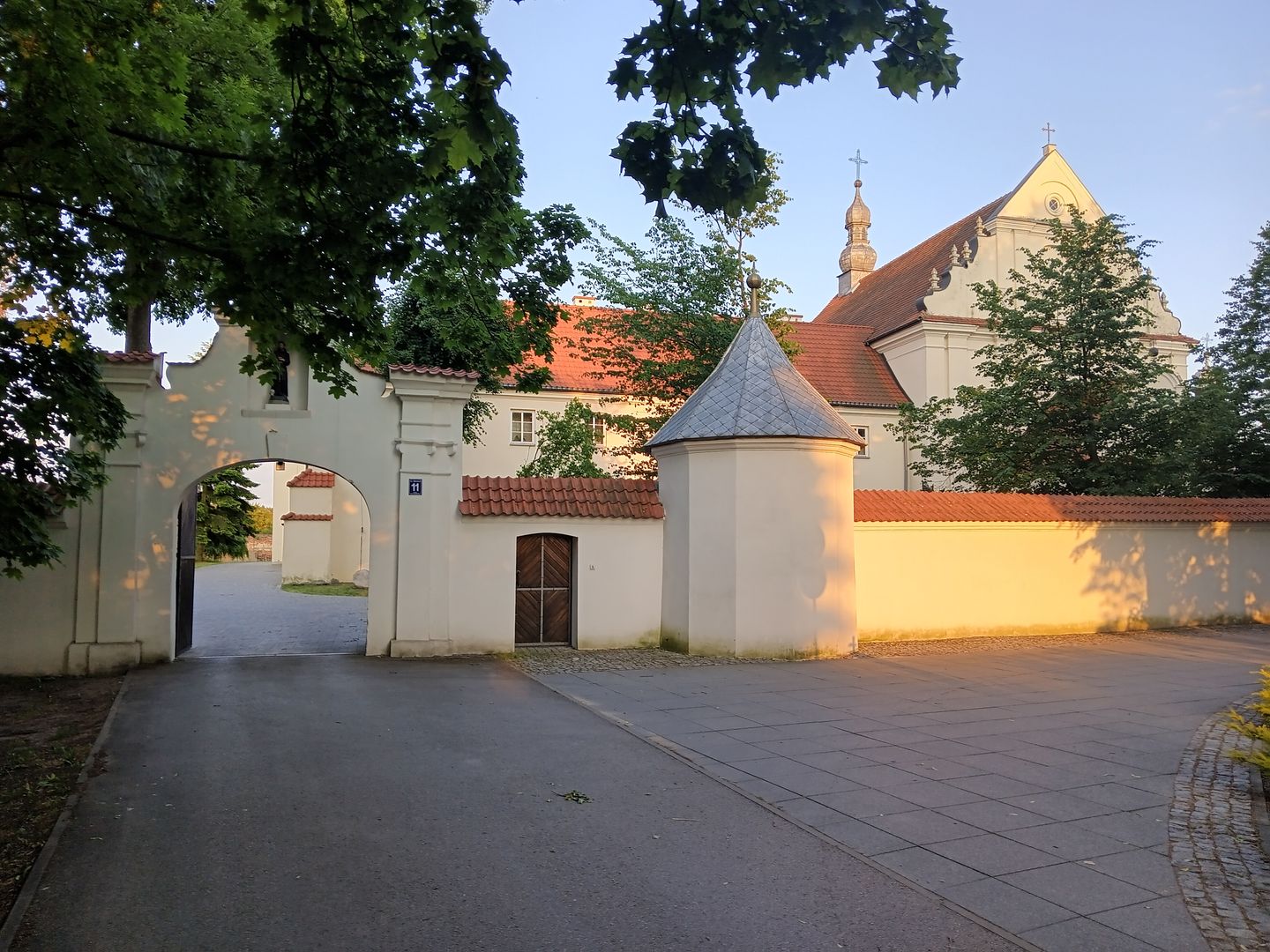Smardzewice
6.72

Overview
Smardzewice is a village located in the Łódź Voivodeship, in Tomaszów Mazowiecki County, within the administrative district of Tomaszów Mazowiecki, situated 7 km from the town of Tomaszów. Its name derives from the morel, an edible mushroom that was common in the local forests during the Middle Ages. The village is known for its recreational and tourist waterfront on the Sulejów Reservoir, which serves as a leisure spot for residents of nearby cities. Historical traces of human presence date back to at least 1412, when Smardzewice was first mentioned in documents. The region was inhabited by Gothic tribes and witnessed many significant events, such as the crossing of the Austro-Hungarian and German border during World War I. In 1620, an apparition of St. Anne occurred, contributing to local veneration; in 2020, the village celebrated the 400th anniversary of this event. Architecturally, notable features include religious sites such as the Church of St. Anne from 1683–1699, a Franciscan monastery, and a belfry complex. Smardzewice is also known for its educational history, which began in the 19th century, with a formal public school established in 1917. The village also experienced significant industrial development due to the "Biała Góra" quartz sand mine, which since 1922 has been one of the largest facilities of its kind in Europe. An important natural feature is the European Bison Breeding Center and the recreational waterfront with a kayaking harbor. The village is also home to the esteemed folk ensemble "Smardzewianie," and its cultural life is enriched by a library and a brass band. Interestingly, Smardzewice was the setting for Ludwik Stańczykowski's novel "Płonąca wieś" (The Burning Village), and in 2012, residents celebrated the 600th anniversary of the village's existence with an outdoor performance.
Location
You can also find here:
2025 Wizytor | All Rights Reserved
